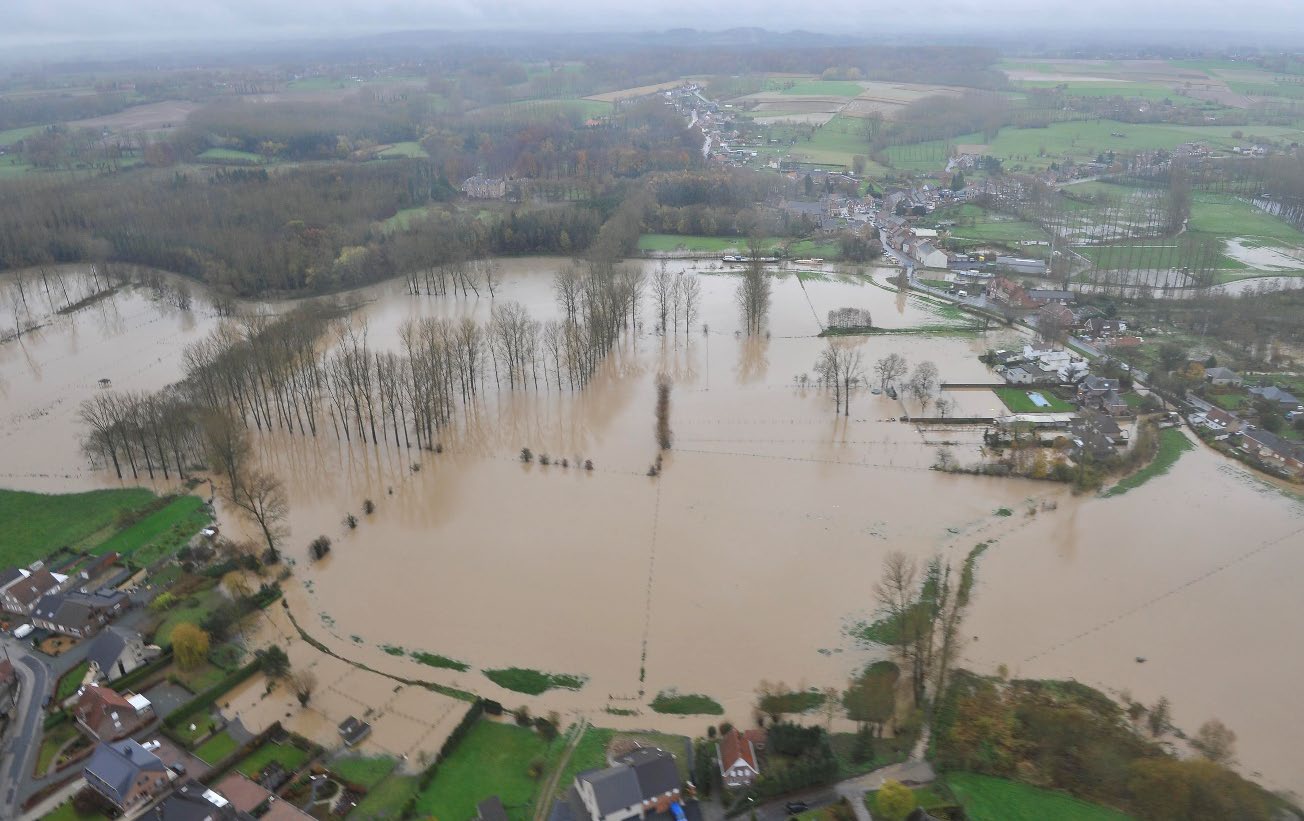Architectural interventions in the landscape, In search for a common ground in All City/All Land, case the urbanized territory of the Dender Valley (ADO Landscape, Ecology and Design)
Masterstudio 2022-23
Semester 3
Ghent
Tutors: Steven Geeraert and Bart Van Gassen
“… I like the idea of discrete, tactical operations over the clumsy “totality” of the master plan. I believe that the largest of territories can be irreducible restructured through small, laconic interventions as opposed to the unbearable excess of everything – object, forms, materials.” Georges Descombes in Shifting Sites: The Swiss Way, Geneva
This studio focuses on the relation between architecture & territory. And more in particular on the importance of the open space in transforming a territory. The studio deals with punctual and precise architectural interventions that transform the public space and the landscape. The urgency of this matter is highlighted even more in current time due to the different crisis’s we are witnessing related to ecological decline, climate change, resource and energy scarcity …
More specific we will explore a possible transformation of the horizontal urbanization that characterizes Flanders. A varied, seemingly chaotic, environment that is characterized by tensions, contradictions, juxtapositions, … but also offers opportunities, possibilities and robustness/resilience for those who tend to look further. Within this very diverse urbanized territory we will search for common grounds that can connect the diversity of inhabitants and users, the human and the non- human, by means of architectural interventions. These common grounds are founded on common goals and will create a better and common understanding of a shared situation. Shared between citizens living differently in this urbanized territory. Shared between the human and the non-human.
In our search for solutions we will investigate and mobilize spatial, social and ecological forces that can support a sustainable transformation of this specific territory. Forces that can function as a driver to develop key architectural interventions. Each architectural intervention will tackle urban challenges – climate change, ecological decline, social polarisation … – and address existing and new collectives – human and non-human – in the urbanized territory. This to transform the physical condition of the city, to boost its cultural and social imagination and to strengthen our link with the given world (the soil, water, animals, plants…). Through this making a contribution to a more democratic and a more “terrestrial” territory and stimulating a more “terrestrial” way of life.
More specifically, we will work on the urbanized territory of the valley of the Dender between Liedekerke and Geraardsbergen. This valley can be considered to be a representative sample of Flanders as horizontal metropolis. Consisting of a gradient of alternating patches with different scales, densities, uses, biotopes and governance structures, in which a rich diversity of urban and ecological conditions are present.
This design research needs to be framed as a spatial as well as a political project. In a context where the opposition between city and countryside is reinstalled by politicians and political programs (cfr. elections of May 2019 in Flanders!). In the light of climate change and sustainability some (political) agents want us to believe that the only place where we can work on a solution is the city. We are convinced that the power to transform is not concentrated in the city but is – in the condition of Flanders – spread over a wider horizontally urbanized territory. At the same time we witnessed the last half century an opposition between the social and the ecological in politics. Also this became again a hot topic in the last elections where some of the main actors capitalized on the fact that choosing for climate is choosing against people. And again here we are convinced that the solution lies in connecting the ecological and the social instead of treating them as two separate worlds. The studio will give us insights in the way this spatial and political project can be imagined.
- Please read the extensive description of the studio here (pdf).
- More imagery in this presentation (pdf)

